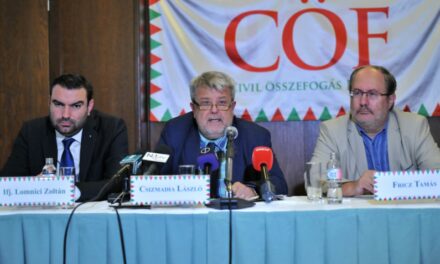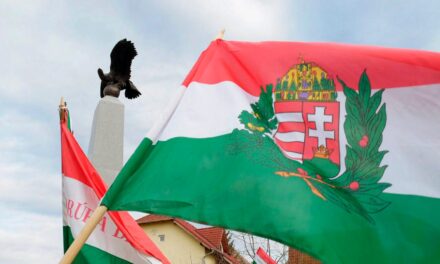Fifty years ago, on January 6, 1974, the Hungarian Ornithological Association (MME) was founded. In half a century, the two hundred founders have developed into an organization with ten thousand members and forty thousand supporters, thus becoming the most significant nature conservation organization in the eastern part of Europe, MME announced.
As it was written, in commemoration of its founding, the MME held a meeting reviewing fifty years of ornithological and nature conservation work in Gödöllő, in the stables of the Royal Castle. The event was opened by the director general of BirdLife International, Martin Harper, who emphasized the association's role in regional and international nature conservation.
The announcement recalled that in January 1974, the founder, two hundred enthusiastic bird protectors, established the Hungarian Ornithological Association in the Cave Cinema of the Capital Zoo and Botanical Garden.
"The leaders have turned the association into a modern civil organization based on a broad social base based on the international model. The social opening was followed by the expansion of activities with other species groups and general nature conservation issues, in 1990 the name of the organization was added to the Hungarian Ornithological and Nature Conservation Association," the communiqué states.
MME was a founding member of BirdLife International in 1993 and has been a key member of the international organization ever since. The members are grouped into thirty regional organizations, covering the entire country with a network of volunteer groups. Over the decades, eight divisions have been created for each field, and MME's youth division, as the newest organizational unit, brings together enthusiastic conservationists in the 16-30 age group.
Numerous survey and research programs have been carried out over the past half century to determine the population changes, distribution and conservation problems of individual species. The databases of the Bird Ringing Center and the Monitoring Center are internationally outstanding, they store tens of millions of data records, and the results are available to everyone on the Internet in addition to the large summary works.
"Over the decades, the association has achieved outstanding results in the field of bird of prey protection, including the protection of the peregrine falcon, the peregrine falcon, and the bald eagle by placing artificial nests, electrocution and poisoning prevention programs, and habitat protection measures," the announcement states.
The kestrel, which was chosen as the bird of the jubilee year, clearly illustrates the history of the association. By the mid-seventies, the species was on the brink of extinction, so the volunteers and leaders of the association made a serious effort to save it. Thanks to these, the stock has now reached 180-200 pairs, and the Hungarian stock is the most reliable in the entire Eurasian distribution area of the kestrel. In addition to predators, the communiqué also highlighted the conservation programs aimed at the buzzard, white stork, black stork, black stork, barn owl, and barn owl as flagship species.
Over time, the scope of MME's activities expanded to include amphibians and reptiles, later mammals, and then butterflies and dragonflies; the organization also launched survey, research, protection and education activities for the protection of these species groups. As part of the program launched to save the crayfish viper, the crayfish viper protection center was established, where an artificial reproduction program is also in place to save the species.
As it was written, with the help of camps, environmental education, birding school and kindergarten, and bird-friendly garden programs, the MME succeeded in directly introducing many tens of thousands of people to natural values and encouraging them to take active action.
MTI
Photo: Hortobágyi National Park Directorate/Attila Szilágyi













